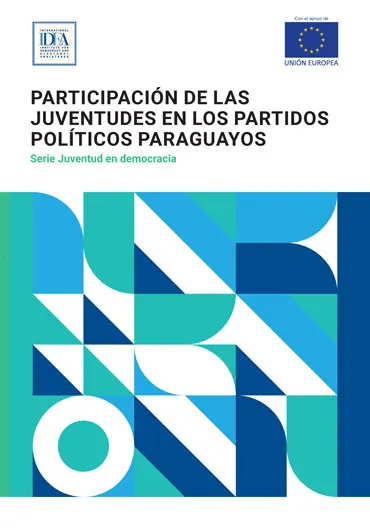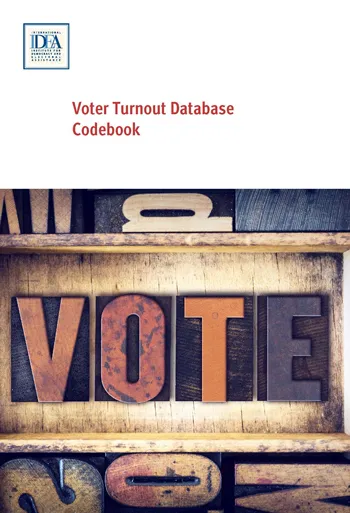Voter Turnout in Western Europe since 1945: A Regional Report
This regional report on voter turnout is based on the IDEA Voter Turnout Database, which contains statistics from 170 countries for parliamentary and presidential elections since 1945 and is continually updated.
The report brings together information on and analysis of electoral turnout in Western Europe. Is there a general problem of participation in Western European elections? Is the ‘Euro gap’—the lower level of turnout evident in elections for the European Parliament—a problem specific to the European Union as an institution or is it symptomatic of a wider decline in participation? Can practical measures be taken to increase electoral turnout? Who should be responsible for doing this?
Legislators, election administrators, commentators, civil society organizations and the media may all be involved in seeking the answers to these questions. The report addresses issues linked to turnout questions, including electoral systems, polling arrangements, compulsory voting and the opportunities and threats posed by new technology. All participants in the debate will benefit from the development of tools that seek to identify the factors which can promote electoral turnout and their impact on the electoral process.
Details
Related databases & tools
Contents
Introduction
Preface
Acknowledgements
Methodology and Types of Electoral Systems
Acronyms
Introduction
Part I: Current Issues in Voter Turnout
Part II: Voter Turnout Country by Country
Part III: The International IDEA Database: Voter Turnout from 1945 to 2003
Supplementary chapter
Europe Expands, Turnout Falls: The Significance of the 2004 European Parliament Election
Professor Richard Rose
Give us feedback
Do you have a question or feedback about this publication? Leave us your feedback, and we’ll get back to you
Send feedbackVoter Turnout in Western Europe since 1945: A Regional Report

| Total views | 10692 |
|---|---|
| Downloads | 99 |
| Rating |
Related databases & tools
Give us feedback
Do you have a question or feedback about this publication? Leave us your feedback, and we’ll get back to you
Send feedback











